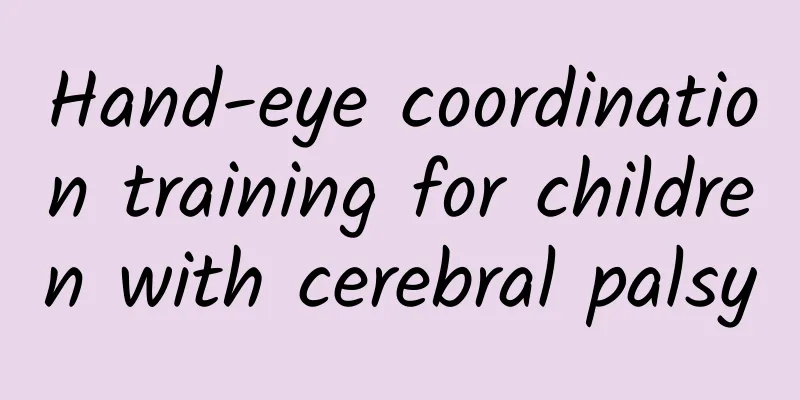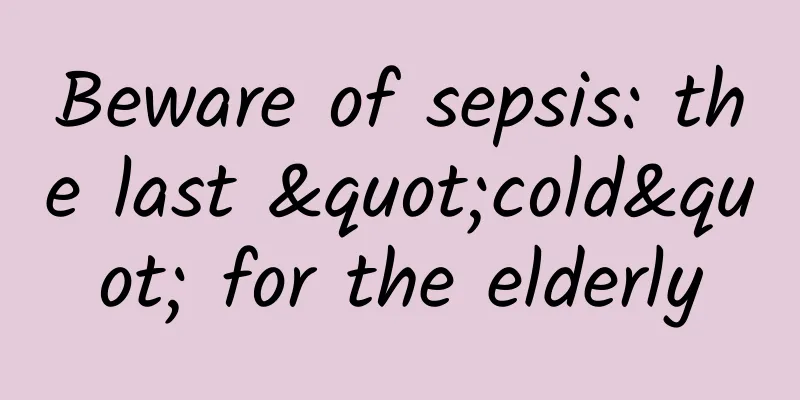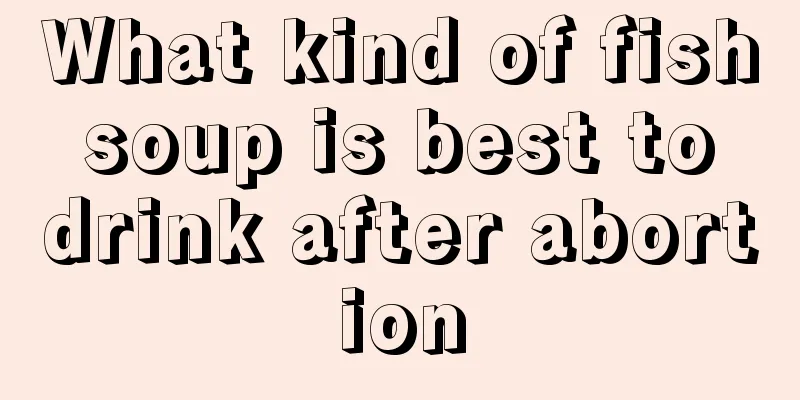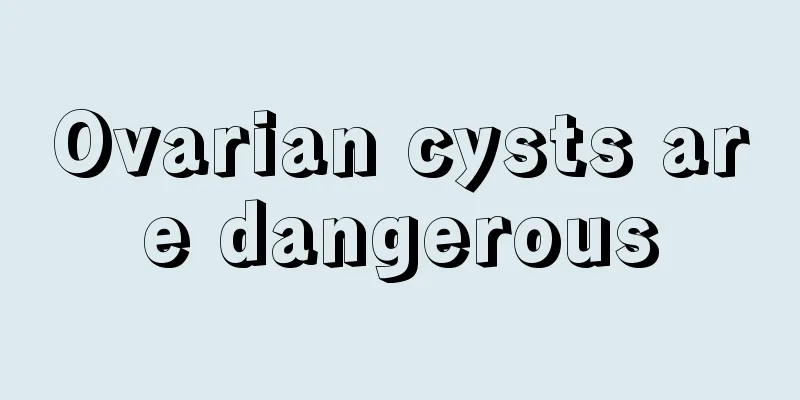Hand-eye coordination training for children with cerebral palsy

|
Hand-eye coordination training for children with cerebral palsy Cerebral palsy is a group of persistent central motor and posture development disorders and activity restriction syndromes caused by non-progressive brain damage in the developing fetus or infant. Nowadays, many parents of children with cerebral palsy focus on training their children's gross motor functions, but often ignore the training of their children's hand-eye coordination ability. So what is hand-eye coordination? Hand-eye coordination refers to the coordination of fine hand movements with visual coordination. The development of hand-eye coordination ability gradually develops with the maturity of neuropsychological development and is an indicator of developmental maturity. Through the joint action of hands and eyes, children can discover more characteristics of the objects in their hands. For example, eyes can see the color, shape, size, etc. of objects, while hands can touch objects and feel its softness, hardness, roughness, coldness, heat, etc. Through these, children can understand the surrounding environment faster and more comprehensively. As fine motor skills improve, hand-eye coordination becomes more and more important, and it runs through fine motor skills. The development of fine motor skills is inseparable from the development of hand-eye coordination, and the development of hand-eye coordination is the key to the development of fine motor skills. So what are some simple and interesting daily training methods? 1. Mushroom nail or wooden stick training Insert mushroom heads into small holes or insert wooden pegs into holes on a peg board. We can start with large pegs and gradually make them smaller. We can also increase the difficulty, such as asking children to pick up small mushroom heads of the same color as the color specified by their parents. 2. Beading training According to the functional conditions of children, give them beads of corresponding sizes and string them into the bead holes with ropes or threads of corresponding thickness to train their hand-eye coordination ability. 3. Build with blocks Parents can use toys such as building blocks and columns to build a "tower" with their children. Children with poor abilities can be assisted with their hands to carry out activities, but the assistance should be reduced as the child's abilities improve. 4. Item delivery Children can first put objects into a large container and then gradually transition to putting coins into a money jar, repeatedly training their hand-eye coordination. It is hoped that after learning the above methods, parents will pay attention to the training of hand-eye coordination ability of children with cerebral palsy. Rehabilitation training is a persistent process, and parents should also practice repeatedly in daily life opportunities. |
Recommend
How many weeks of pregnancy can you see the gestational sac?
The pregnancy process is very complicated. The fi...
What are the methods for regulating long menstrual periods for women?
Generally speaking, under normal circumstances, w...
How long does it take to get menstruation after abortion and what to pay attention to
We all know that female friends will have menstru...
How long will the contractions last before giving birth?
The driving force for pregnant women to give birt...
To prevent Norovirus, what should we pay attention to when disinfecting our homes?
Recently, at a press conference of the Joint Prev...
What is the reason for bleeding again a few days after menstruation?
I believe that many female friends will encounter...
White vaginal discharge is a bit like paste
A very common substance in female secretions is v...
Why does my period come again a week after it ended?
Adolescent girls will experience their first mens...
Symptoms of acute salpingo-oophoritis
Acute salpingo-oophoritis is a gynecological infl...
Can pregnant women eat Jabuticaba?
A proper diet during pregnancy is not only good f...
Picture of uterine fluid discharge during pregnancy
Intrauterine effusion is not a common gynecologic...
Should drowning first aid be treated by "hanging upside down to control water"? Drinking more water will help you recover from a cold faster? Here comes the list of scientific rumors for May →
1. E-cigarettes are healthy and harmless. Rumor c...
How much weight gain per week is normal in late pregnancy
Many pregnant women are very cautious in the late...
Fun breast fact: The left side is usually bigger than the right side
Breasts have their funny side too, for example th...
What are the symptoms of endometriosis?
Gynecological diseases are unavoidable for women,...









